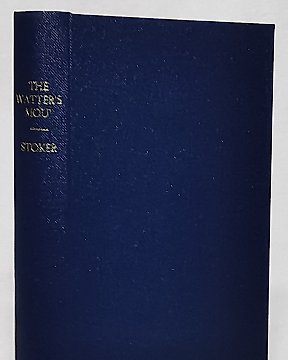
Bram Stoker - The Watter's Mou' - 1895
N.º 83912721

N.º 83912721

"Omar Khayyam" faithfully and literally translated from the original Persian by John Pollen with a foreward by his Highness The Aga Khan - East and West, London - 1915 first UK edition - 18cmx15cm - condition: very good, in original binding, errata slip inserted
Ghiyāth al-Dīn Abū al-Fatḥ ʿUmar ibn Ibrāhīm Nīsābūrī[1][3] (18 May 1048 – 4 December 1131), commonly known as Omar Khayyam (Persian: عمر خیّام),[a] was a Persian polymath, known for his contributions to mathematics, astronomy, philosophy, and poetry.[4]: 94 He was born in Nishapur, the initial capital of the Seljuk Empire, and lived during the period of the Seljuk dynasty, around the time of the First Crusade.
As a mathematician, he is most notable for his work on the classification and solution of cubic equations, where he provided a geometric formulation based on the intersection of conics.[5] He also contributed to a deeper understanding of Euclid's parallel axiom.[6]: 284 As an astronomer, he calculated the duration of the solar year with remarkable precision and accuracy, and designed the Jalali calendar, a solar calendar with a very precise 33-year intercalation cycle[7]: 659 [b] which provided the basis for the Persian calendar that is still in use after nearly a millennium.
There is a tradition of attributing poetry to Omar Khayyam, written in the form of quatrains (rubāʿiyāt رباعیات). This poetry became widely known to the English-reading world in a translation by Edward FitzGerald (Rubaiyat of Omar Khayyam, 1859), which enjoyed great success in the Orientalism of the fin de siècle.
Cómo comprar en Catawiki
1. Descubre algo especial
2. Haz la puja más alta
3. Paga de manera segura